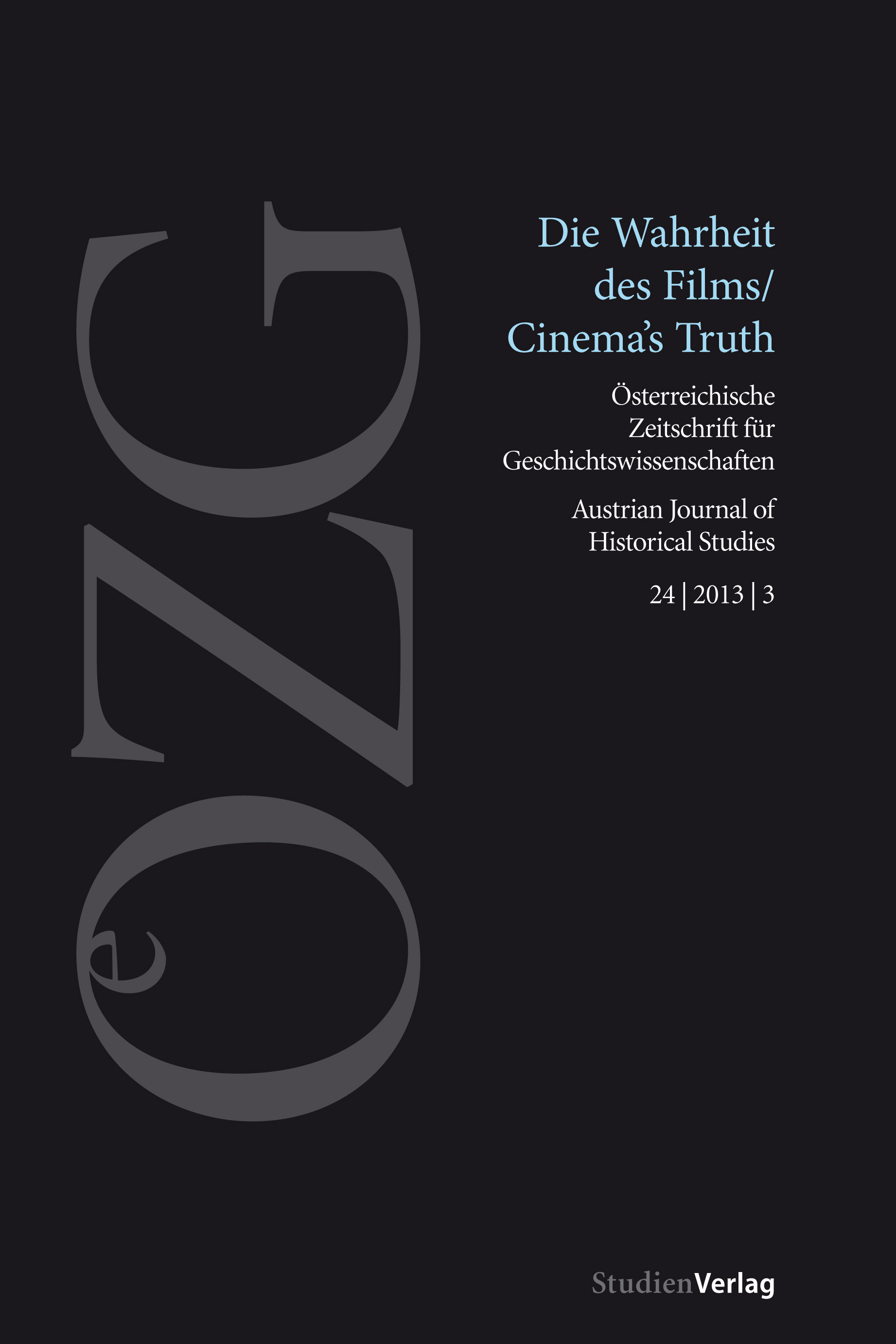Evidenzen der (Un-)Ordnung
Mediale Praktiken subversiver Erkenntnis in: Millennium-Trilogie (2009–2010)
DOI:
https://doi.org/10.25365/oezg-2013-24-3-3Schlagworte:
misogyny, visual history, situated knowledge, evidence, epistemologyAbstract
Practices of gathering and corroborating evidence in the Millennium-Trilogy can be depicted on different layers, such as the narrative development of the interlinked cases as well as the depiction of concrete techniques of gathering awareness by visual and communicative media and institutions. Embracing the films’ meta-subject of misogyny and patriarchal structures, the strategies of gaining knowledge can also be discussed in regard to their epistemological implications. Comparable with a historian’s approach, media-based traces are read beyond their framing, as in the case of an old newspaper photography being placed in context with others in order to compile a filmstrip that reveals the photographed subject’s intention and thus helps to disclose evidence about a crime. It is the protagonists’ situated knowledge as politically concerned journalists and activists and their personal involvedness that reveal ostensible evidences. Subversive knowledge can only emerge by disrupting conventional and conservative structures and networks of evidence that expose the borders within which knowledge is continuously reproduced to cover concrete and structural crimes.


